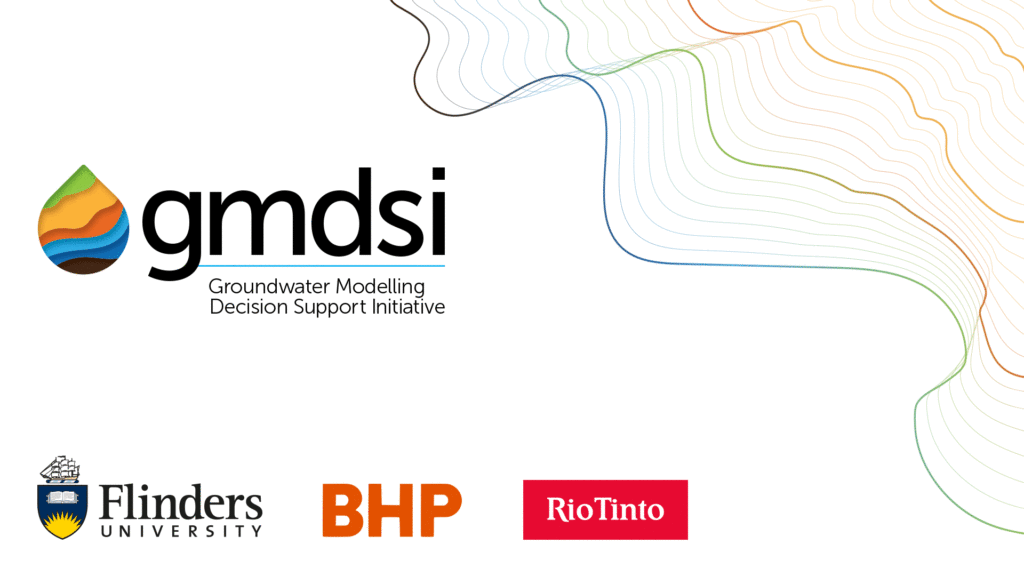Introduction to Regression
Introduction to Regression¶ This tutorial proves an overview of linear regression. It illustrates fitting a polynomial to noisy data, including the role of SSE (reponse curve), degrees of freedom, the gradient of that surface (Jacobian) and overfitting. We use a very simple model (a polynomial function) to illustrate these core concepts and the maths […]
Introduction to Regression Read More »






